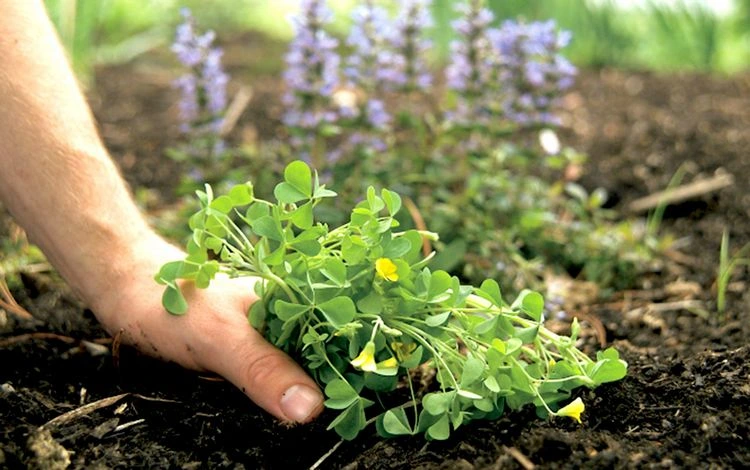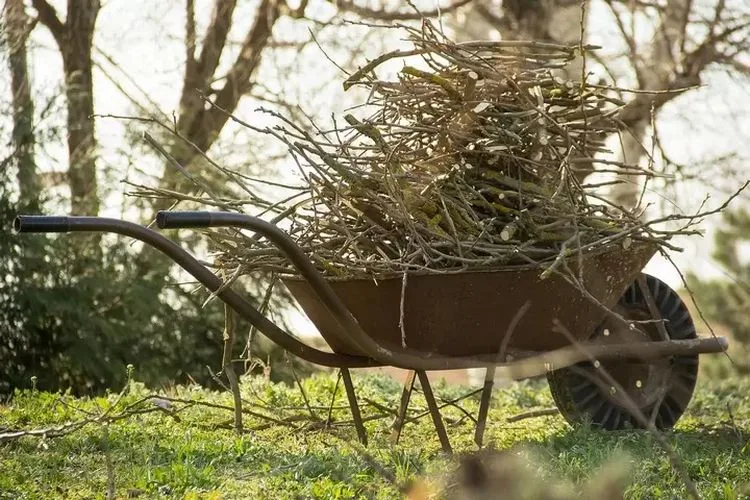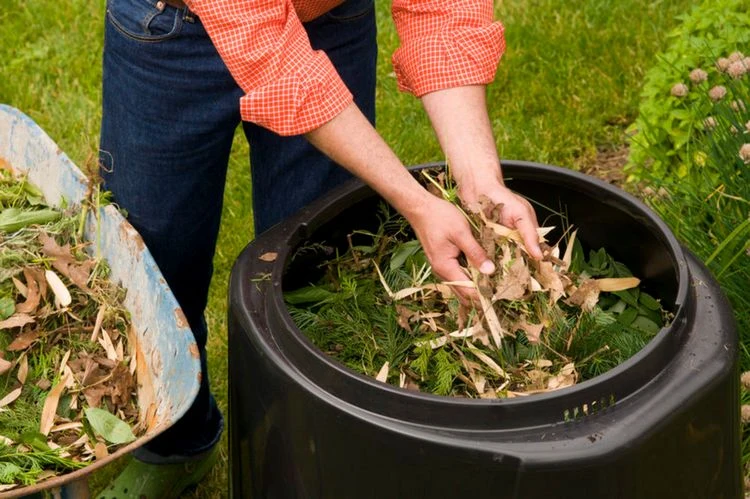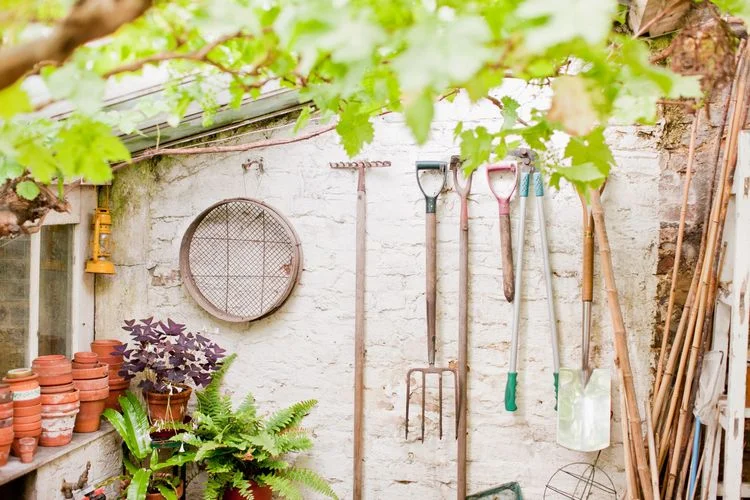This wonderful time of the year will soon begin again: the earth is warming up and the trees are beginning to bloom. Before we know it, we’ll be pulling carrots out of the ground and cutting up tomatoes that we’ve just picked fresh from the garden. But even before we have plants in the garden, there is still a lot we can do to prepare it. The right amount of prep work can ensure a healthy yield. Whether you’re new to gardening or already have a backyard or allotment garden, the following advice will help you prepare for a productive growing season. Find out how to prepare your garden for spring here!
Bring some order to your storage shed
Check your different devices. Maintain your collection by sharpening the blades and lubricating the hinges. After sharpening the blades with a file, you should treat them with penetrating oil to remove and prevent rust. You’ll be amazed at how much easier it is to dig or hack with a sharp and well-oiled tool – with the right gear, the whole season gets that much easier.
It is highly recommended to take the opportunity to replenish your supplies. Make sure you have an adequate supply of fertilizers and other soil improvers. Also stock up on plant supports. Doing this work in your shed while the weather is still inclement is a lot less of a hassle than having to do it later in the spring when there are lots of things you’d rather be doing outside.
Preparing the garden for spring: remove weeds

Do a thorough spring cleaning, clearing anything in your path until you reach bare earth again. Organic matter that has died can be added to the compost pile to allow it to decompose. Fresh mulch should be cleared away to reveal the soil underneath, while well-decomposed mulch and organic matter can be left where they should be incorporated into the soil.
Be careful not to leave any living weeds in the garden as they may try to regrow and crowd out your garden plants.
It’s time for pruning

There are many trees and shrubs at this time of year that can benefit from a thorough pruning, especially those flowering on new wood. Late winter and early spring are the best times to cut back old wood. At this time you can observe the structure of the branches and get the plant in shape before the buds emerge from their dormant phase and the plant starts investing energy in its branches. You should cut back some plants at this time of year: for example butterfly bushes, hydrangeas, roses.
Before each cut, you should first disinfect your scissors by wiping them down with a clean towel and some isopropyl alcohol. With this safety measure you avoid accidentally infecting the whole garden with a plant disease. When you prune your plants, it’s also a good habit to add a little fertilizer to the soil. This ensures the plant gets the nutrients it needs to heal its wounds as quickly as possible after being cut.
Preparing the garden for spring – compost

Consider setting up your own composting facility for next growing season if you don’t already have one. Making your own compost at home is a great way to save money on fertilizer. Your compost may contain food scraps from the kitchen and yard waste. For smaller gardens, compost with worms or use a bin. For larger gardens, a three tank system may be more appropriate.
compost for the soil
When you feel the soil is ready, consider adding compost. Compost is the best thing you can do for soil in your garden. It replenishes the nutrients used up in the previous growing season, improves soil structure and creates a comfortable environment for beneficial insects and microbes. The addition of compost to restore nutrients to the soil should be done at least at the beginning of each new growing season.
If you don’t have your own compost already, you’ll need to look into a good deal that’s suitable for starting a vegetable garden if you’re planning to start one. Check with a garden center, compost supplier, local government office or even a local farmer. Before planting anything, cover the soil with a 1 to 2 inch layer of compost, then work the compost into the soil to a depth of about 6 inches.
Preparing the garden for spring – new pots and garden beds

It’s easy to fall in love with the stunning new strains featured in catalogues, and you may end up buying more plants than you can fit in your garden. Now is the time to start making garden beds, planting flower boxes and ordering new pots so you have enough space to display all those beautiful new plants you’ve bought.
